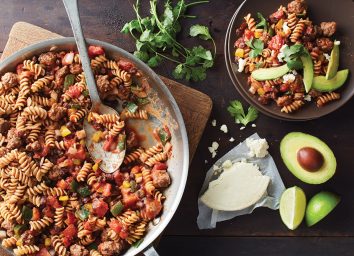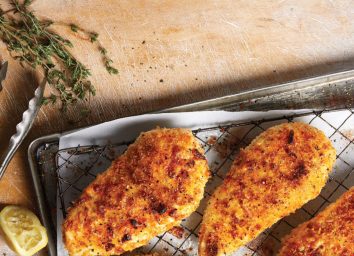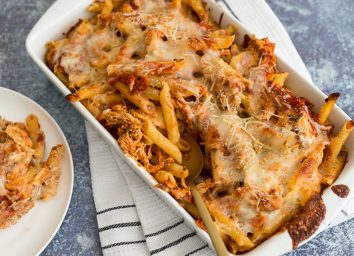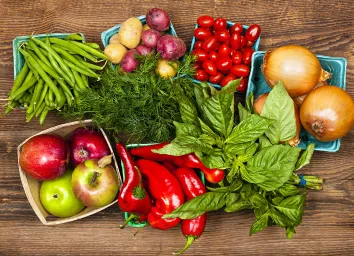30 Tricks That Make Cooking Faster
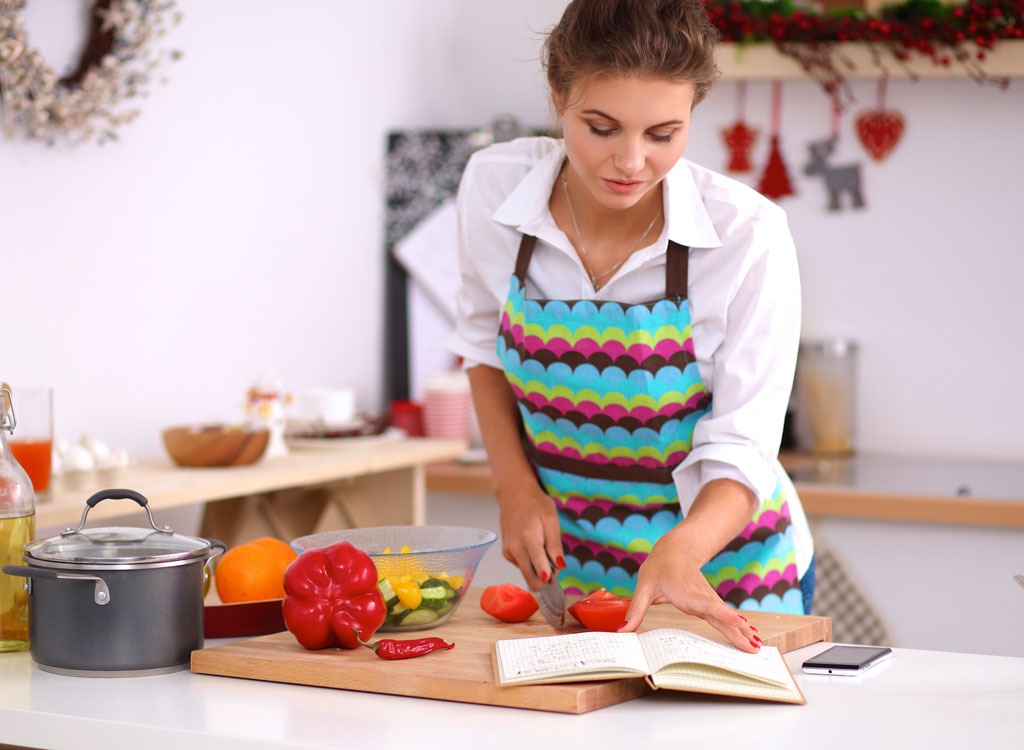
Preparing your meals at home instead of ordering takeout is good for more than just your wallet. Researchers from the University of Washington School of Public Health have found that cooking at home is associated with a healthier diet, but is not correlated with higher food spending. However, despite the myriad benefits of a home-cooked meal, more than a quarter of adults don't cook at all, and the average American now spends more than 43 percent of their food dollars on food prepared by someone else.
So, why are we so afraid of the kitchen? Unfortunately, the average adult's daily time crunch makes it harder to find time to create healthy meals. We're spending more time at work, less time sleeping, and an average of just 37 minutes a day cooking—hardly enough time for most of us to whip up three healthy meals. The good news? Using that time in the kitchen more effectively can help you enjoy healthier meals and lose weight almost effortlessly. These tricks that make cooking faster will have you in and out of the kitchen in no time. And don't worry, even if you're short on time, these healthy snack ideas will make it easy to grab something healthy in a hurry.
Salt Your Water
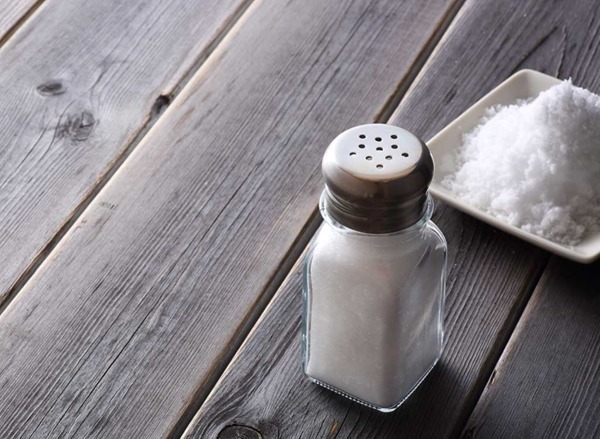
Salting the water you're boiling your pasta in does more than just give it flavor. Adding salt to water raises its boiling point, meaning it boils your food at a higher temperature, too, thus shaving off some time in the kitchen. If your pasta indulgences have left your waist looking wider, get back on track with these healthy carbs that will uncover that six-pack in no time.
Mise En Place
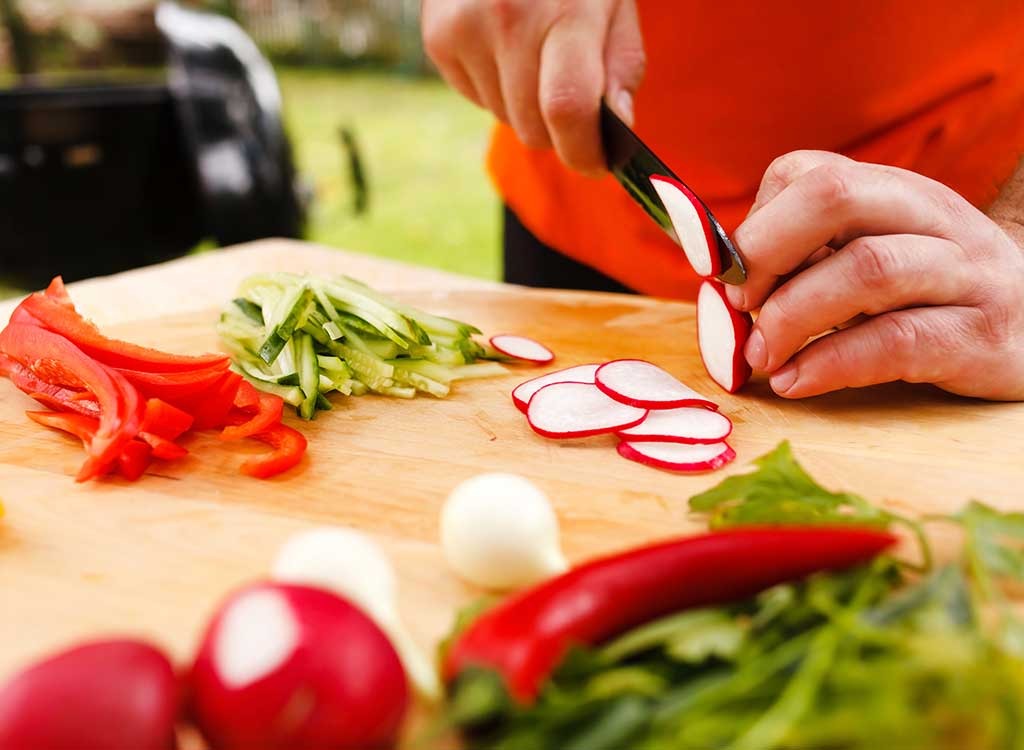
The most important three words in the kitchen, aside from "don't catch fire," are "mise en place." This French phrase, meaning to put things in their place, refers to the chef-approved technique of measuring, cutting, and otherwise prepping ingredients and laying them out before attempting a recipe. Doing adequate prep before you start cooking will make the cooking process a whole lot faster. Better yet, it's easy to avoid overcooking your food if you're not frantically trying to find ingredients.
Start With a Hot Pan
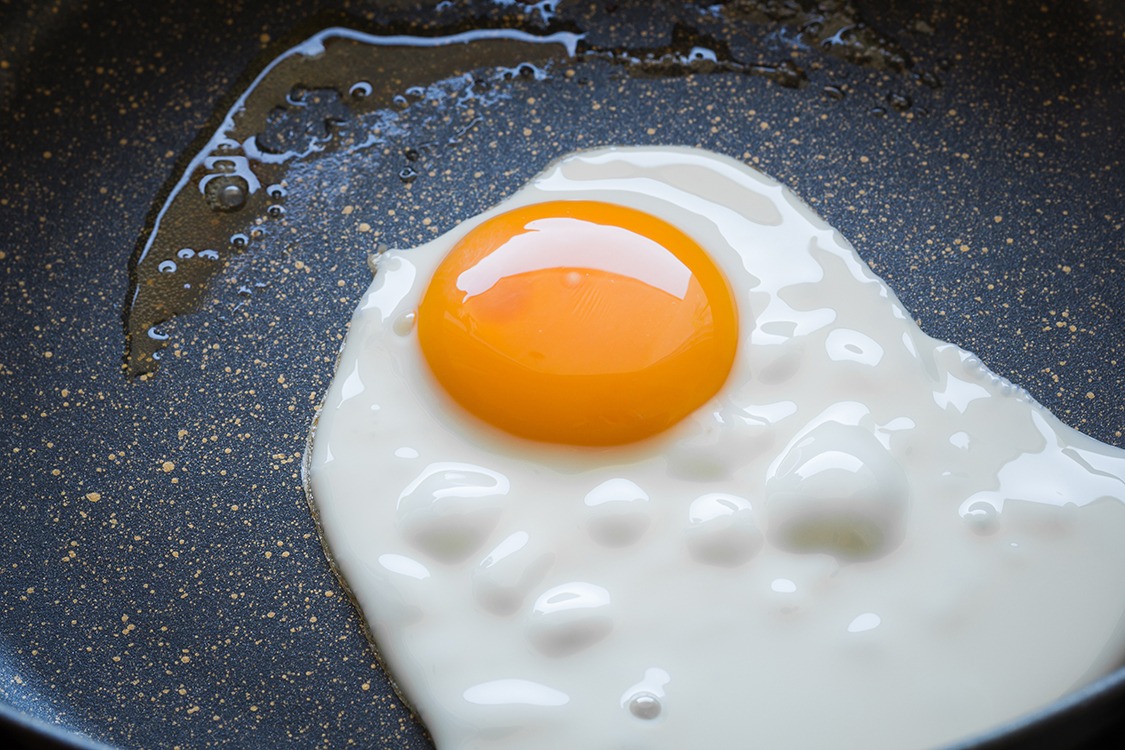
If you're cooking your meals in a cold pan, you're wasting time in the kitchen. Preheating your pan means your food starts cooking the second it hits the stovetop, and you can use the time while your pan is heating up to prep.
Follow the Recipe
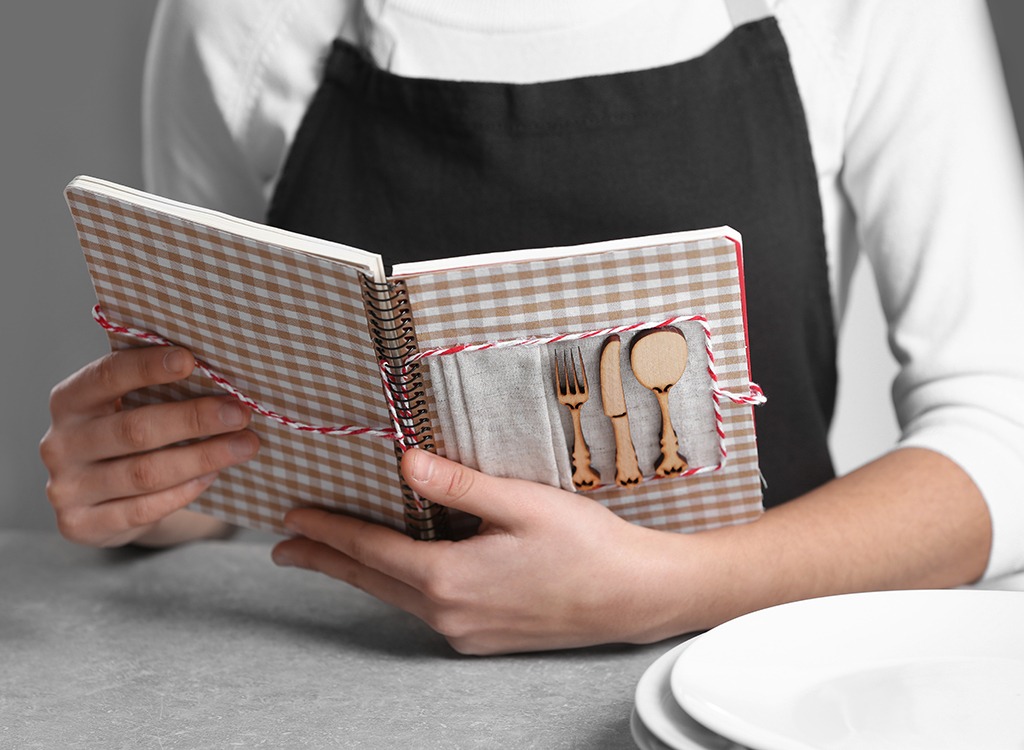
This may seem obvious, but following the recipe to a T will save you time in the long run. When you're winging it, particularly if you're a novice, you're apt to add too much or too little of certain ingredients, meaning you're adding extra work and time to balance your flavors later on. When you're first starting out in the kitchen, follow every word of the recipe and your meal will turn out just like it's supposed to in the recommended amount of time.
Preheat Your Oven
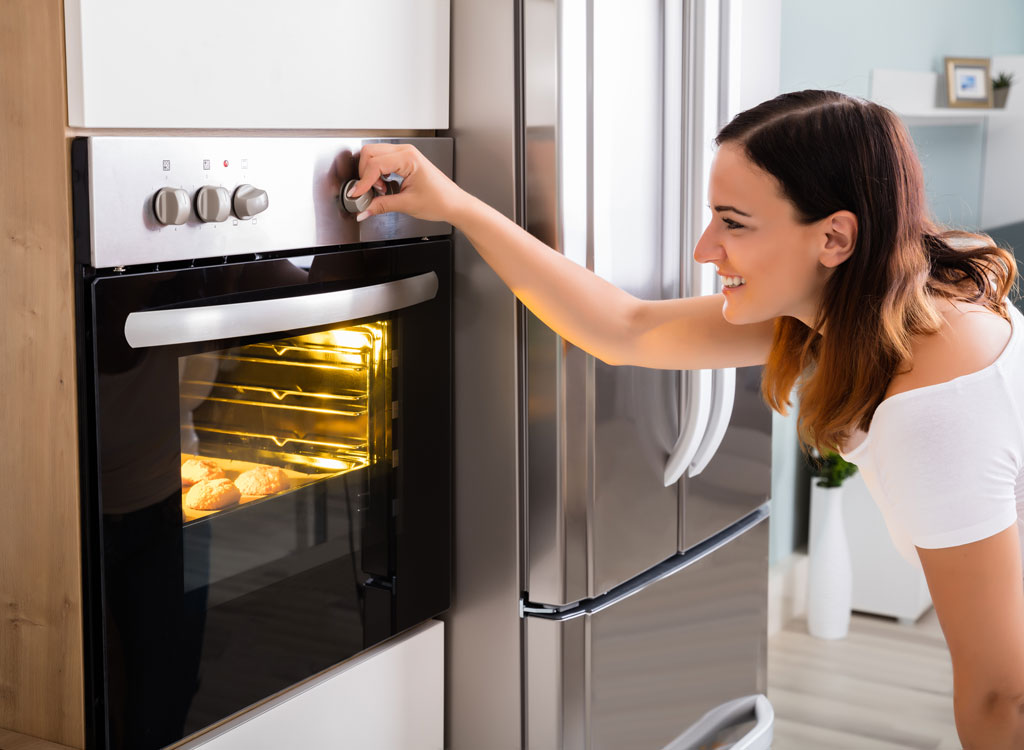
Before you even open your fridge, preheat your oven. Whether you're roasting vegetables or baking a cake, preheating your oven can shave much-needed minutes off your total cooking time.
Use Room-Temperature Meat
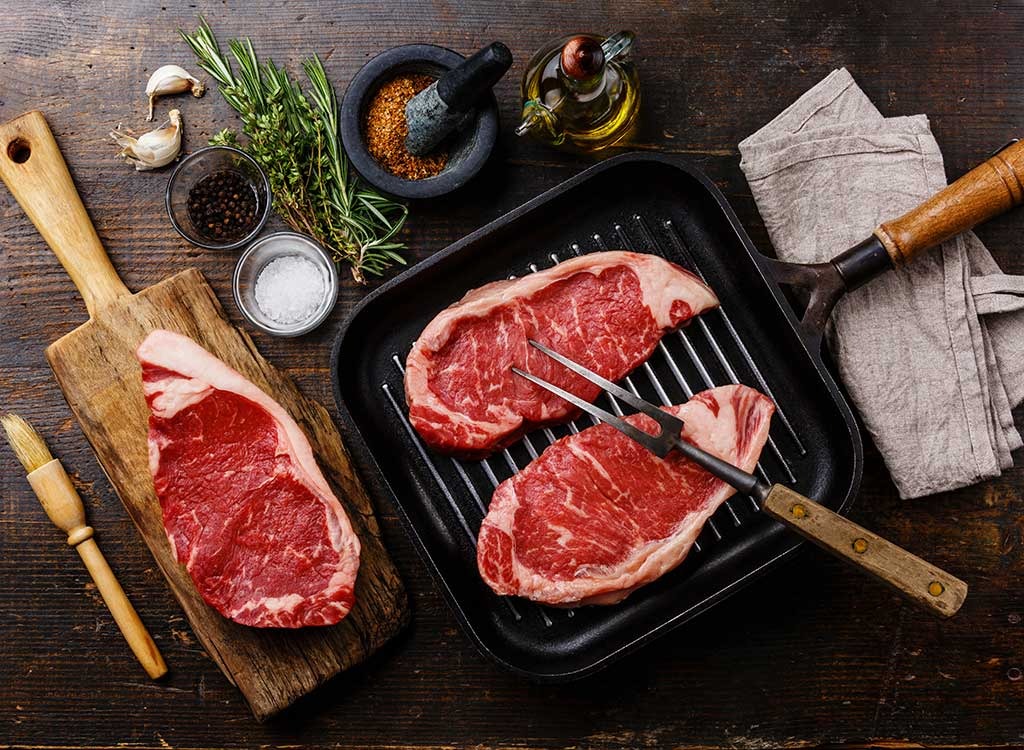
Transferring meat from the fridge to the pan will only waste time in the long run. Bringing your meat to room temperature first will help some of its external moisture evaporate, meaning you're not wasting time as that condensation steams off. Better yet, room temperature meat will cook more evenly, as opposed to cold meat, which will cook rapidly on the outside but will fail to heat up sufficiently inside before the exterior is overdone.
Add Some Water
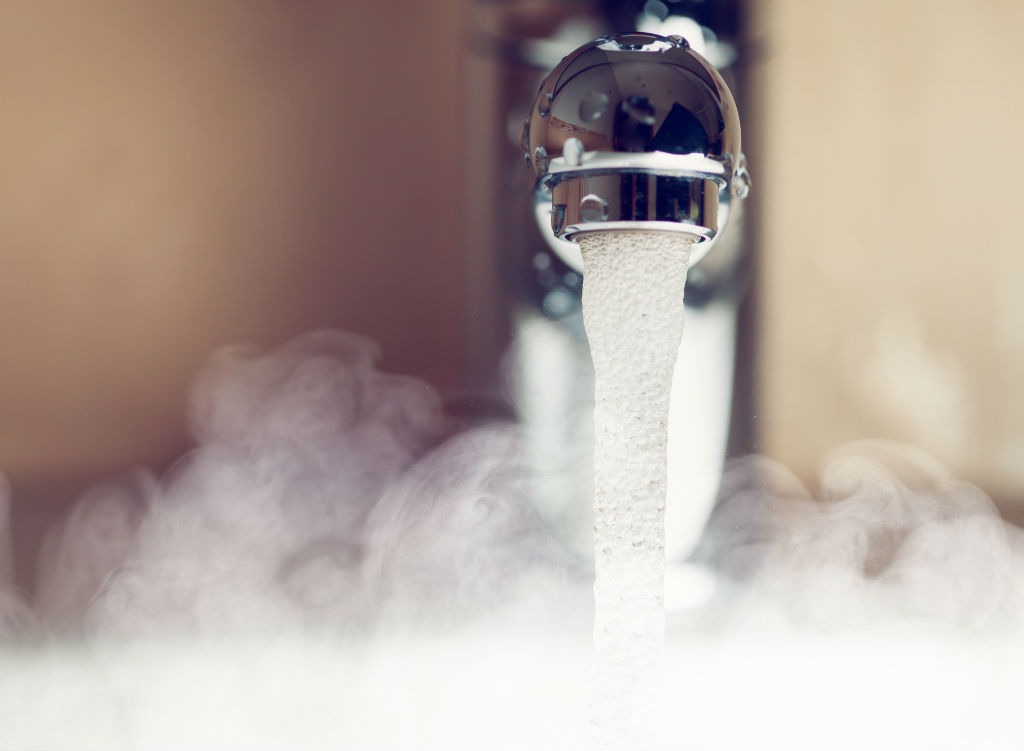
As counterintuitive as it may seem, adding some water to your sauce recipe can actually save you time in the long run. Putting water in your sauce will thin it slightly and allow it to cook more evenly. As the water evaporates, the rest of the ingredients will heat up with less risk of burning.
Use a Food Scale
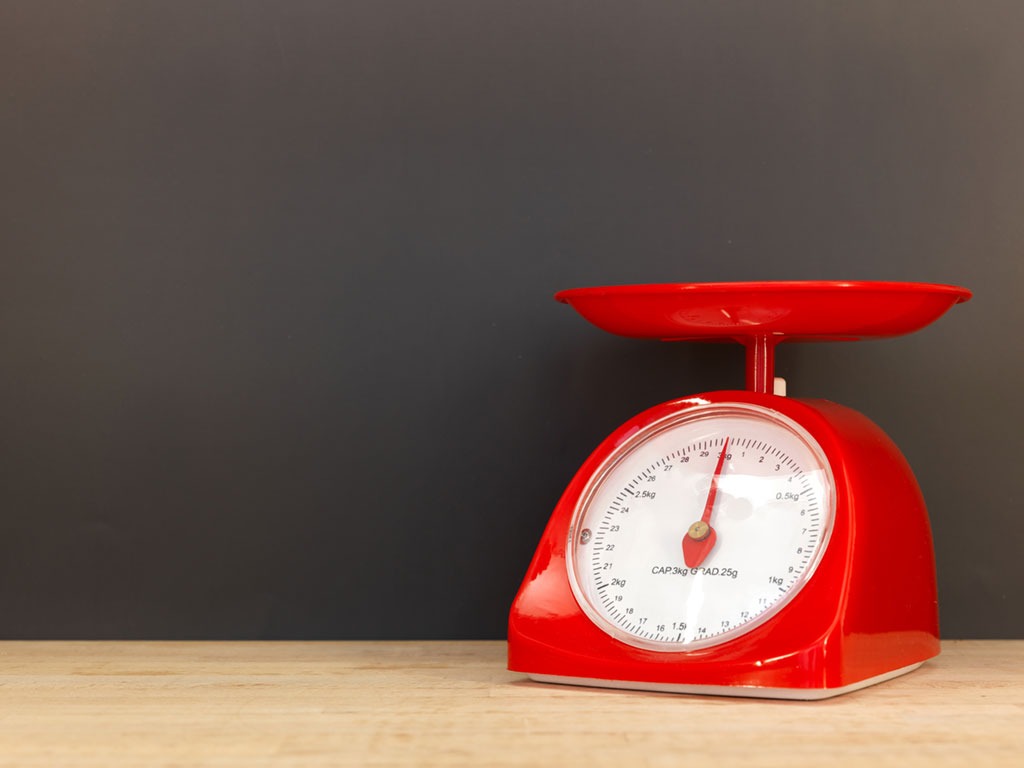
You may think you're great at eyeballing portion sizes, but you might be overestimating your ability. Research suggests that people tend to miscalculate portion size, which can mean you're spending too much or too little time cooking your food, wasting precious minutes along the way. Fortunately, a food scale can help alleviate this problem, keeping your portions precise and cooking time to a minimum.
Master Convection Cooking
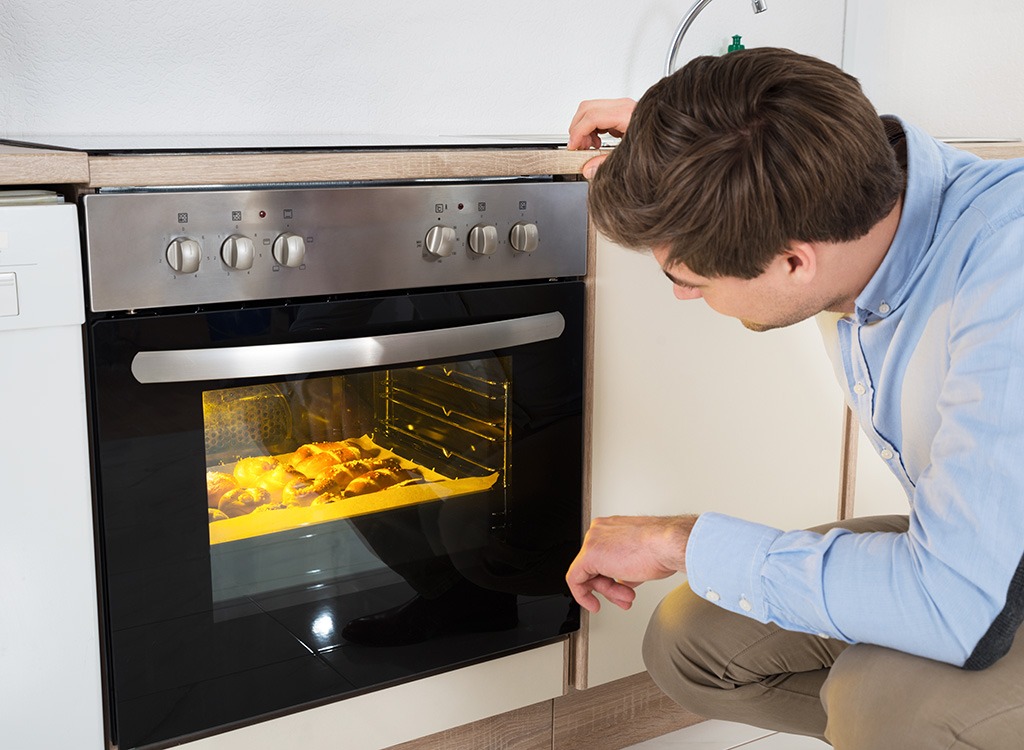
Those convection settings on your stove are your friend. Ovens with convection functions can cook your food significantly faster than your average stove, so go ahead and use them when you want to save yourself time in the kitchen. This handy convection cooking chart will help you make a faster and more flavorful meal every time. If you want to save yourself even more time in the kitchen, try adding these healthy and easy crock pot recipes to your repertoire.
Get a Kitchen Thermometer
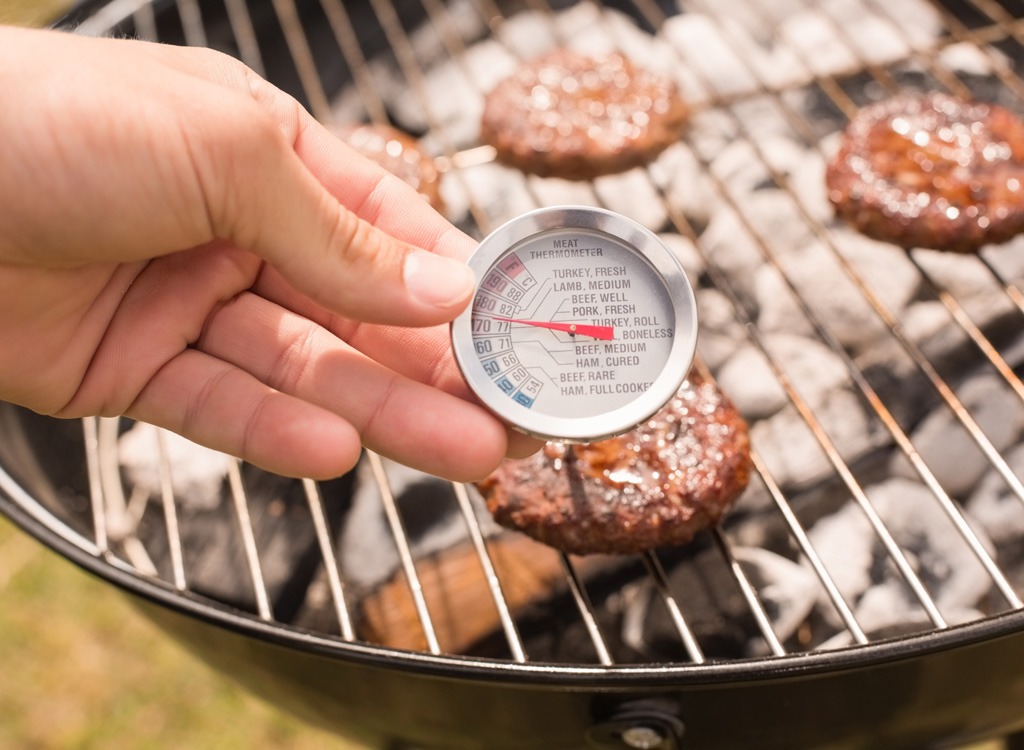
Much like our inability to discern portion size just from eyeballing things, we're also not so great at judging a food's temperature with our eyes alone. This can often lead to overcooked or undercooked food, putting us at risk for food poisoning or meals cooked to the point of inedibility. Using a food thermometer will help you gauge precisely when your food is finished, making it easier to save yourself time in the kitchen.
Use a Small Pan
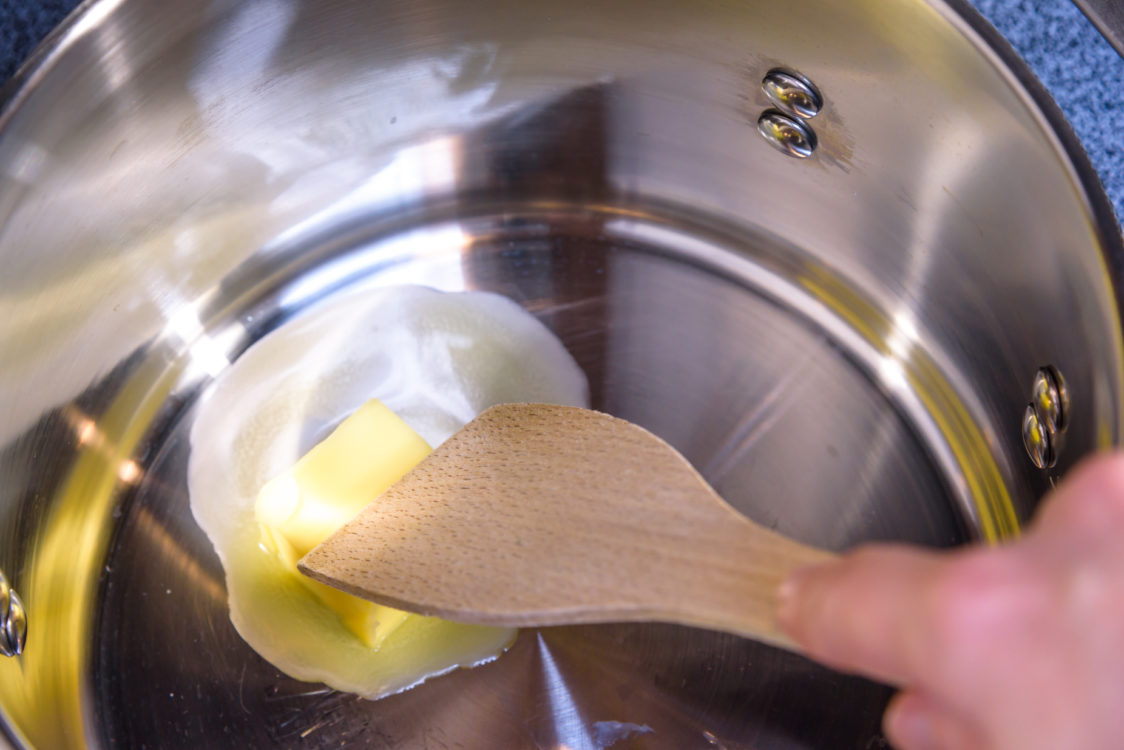
If you're using an oversized pan to cook your food, you're likely wasting time. Large pans take longer to heat up than their diminutive counterparts, and often heat less evenly, as well. Use a smaller pan for your food and you'll have a more delicious meal and spend less time making it, too.
Create Compound Butter
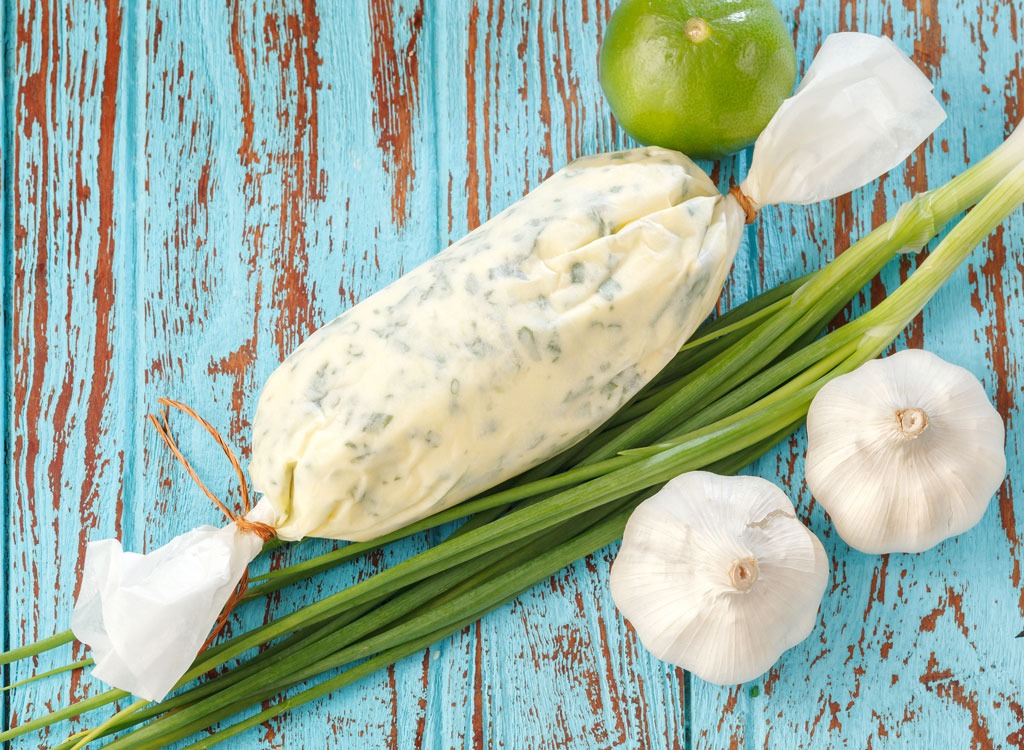
Instead of using plain butter in your recipes, make your own herb-infused compound butter and save time in the process. Compound butter has already taken on the flavor of the herbs and spices you've added to it by the time you're ready to start cooking, meaning you won't have to cook your herbs separately first to get the rich flavor you're looking to achieve.
Put a Lid on It
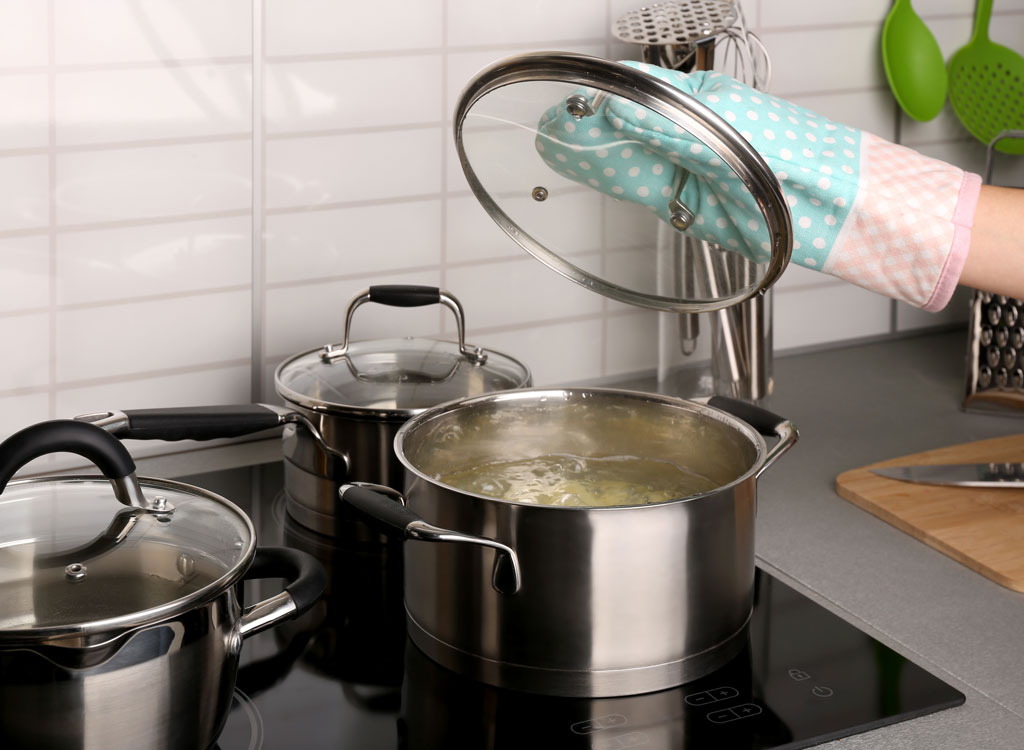
If you like it, then you should have put a lid on it. Putting a lid on your pot means the external air temperature will have less influence on the cooking temperature of your food. This, in turn, will help you prepare your food faster.
Invest in Kitchen Shears
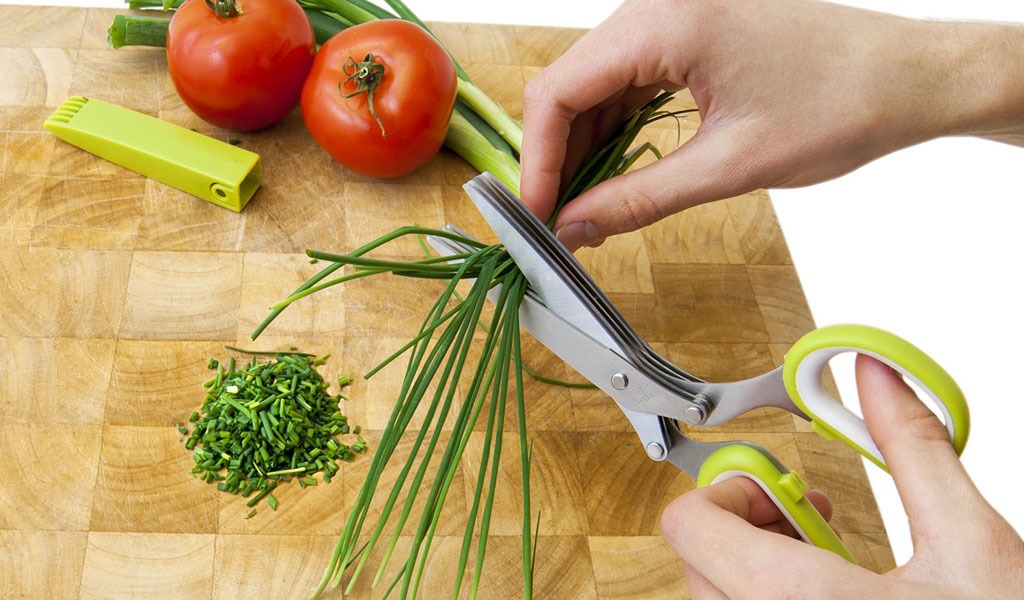
Instead of spending tons of time (and risking your fingertips) chopping herbs, meat, or vegetables with a knife, invest in some kitchen shears. Kitchen shears make it easier to cut food quickly, shaving off precious kitchen time in the process.
Use a Finer Cut
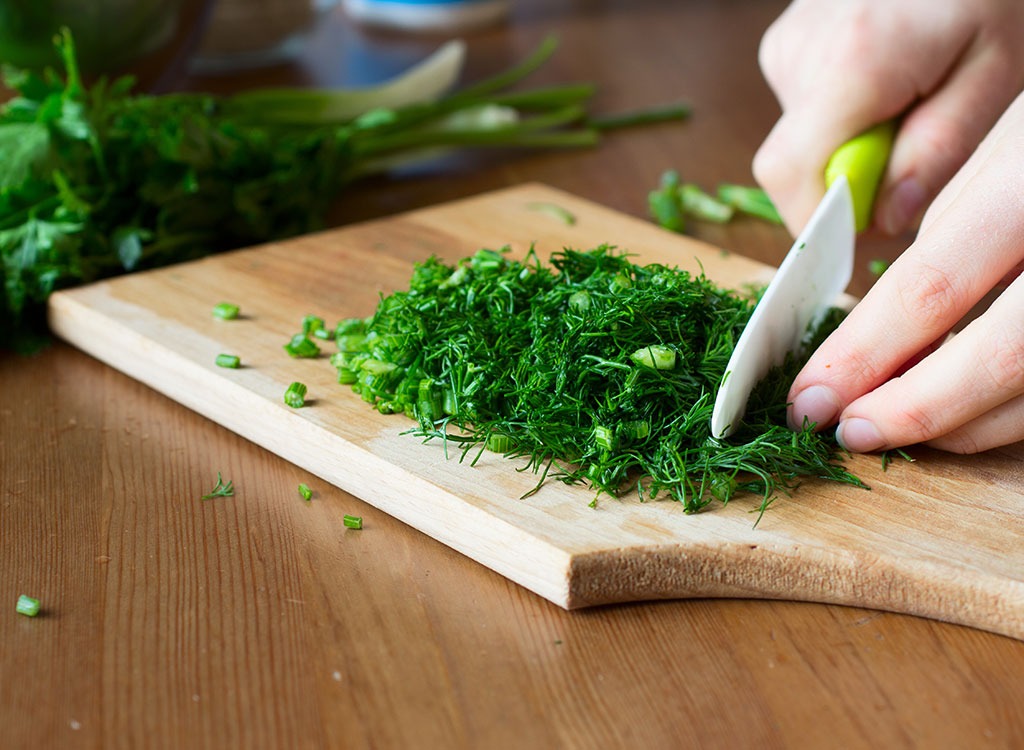
Saving yourself time in the kitchen is as easy as using a finer cut to create your meals. Smaller pieces of food cook faster, so when you're eager to prepare something quickly, make those pieces extra small.
Sharpen Your Knives
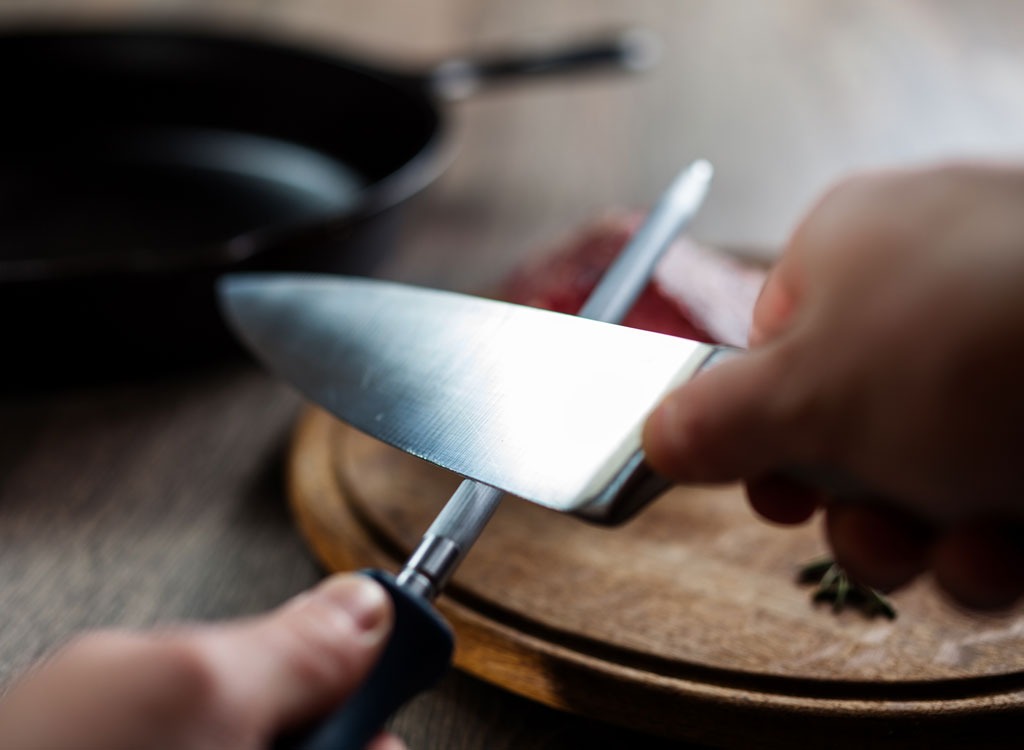
Cutting with a dull knife only wastes time in the kitchen. Regularly sharpening your knives means you'll get more precise cuts, making it easier to cook your food quickly and evenly, and sharp knives are less prone to slipping, saving you a trip to the emergency room, too.
Trim Your Veggies First
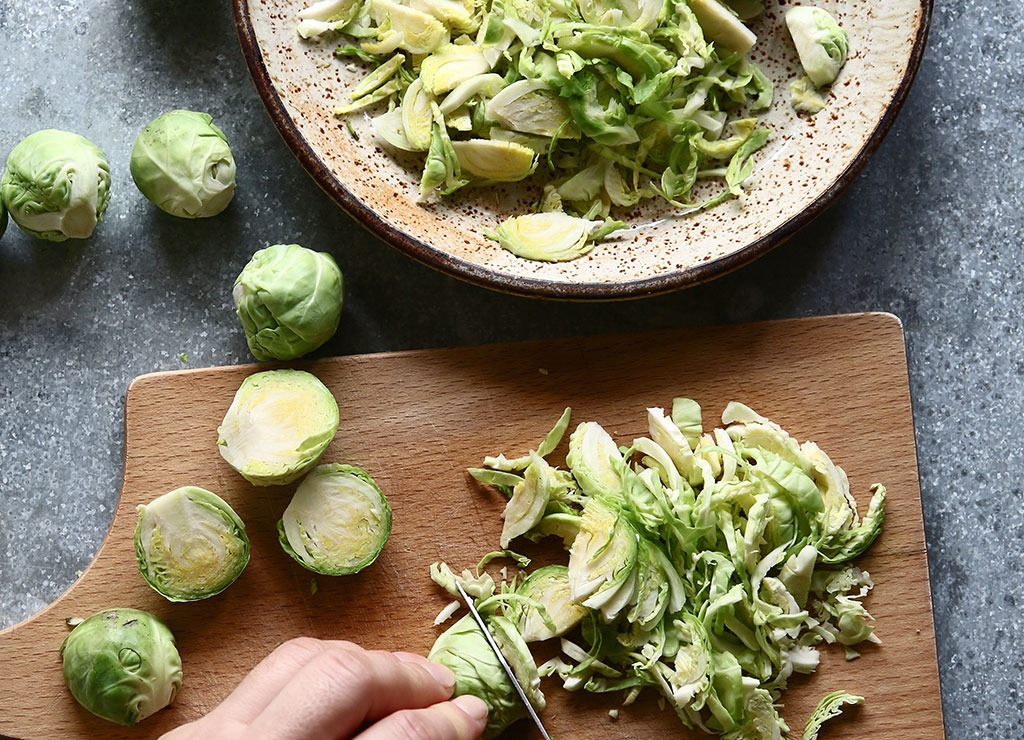
Instead of washing your vegetables before you trim them, reverse those steps. Trimming your vegetables and then rinsing or soaking them means you can clean the often-dirty inner parts of veggies like Brussels sprouts and their exterior at once, saving you the time it would take to double wash them.
Season Later
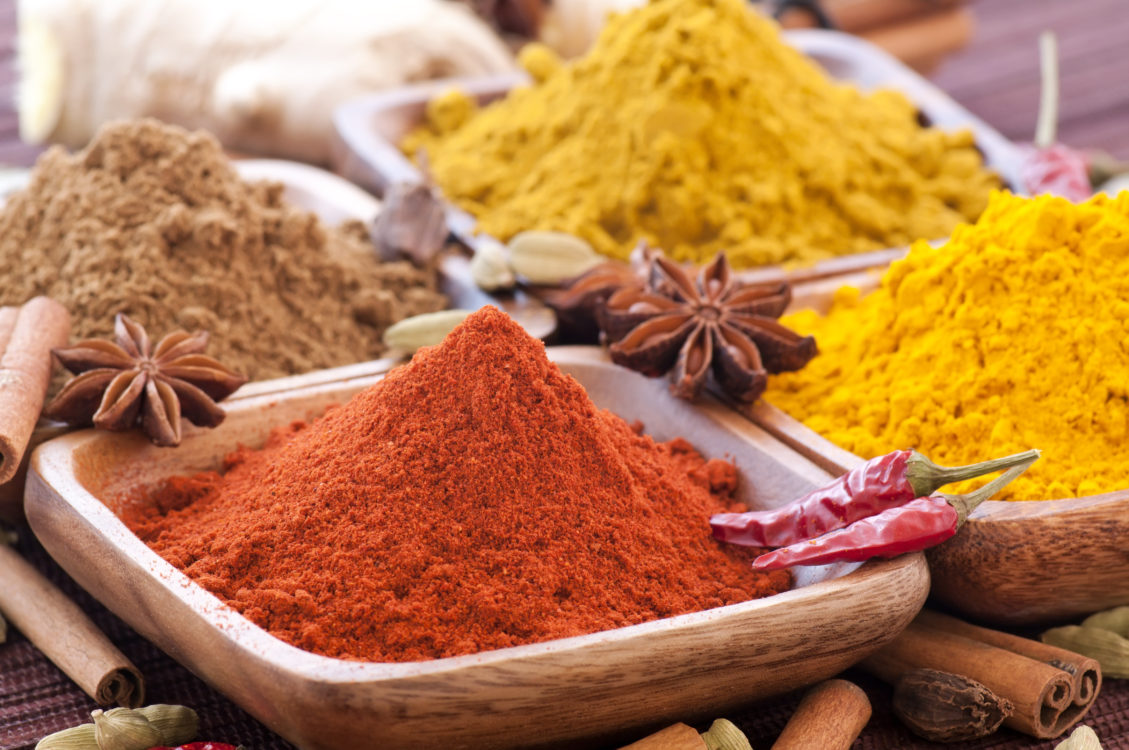
Creating big batches of a single food and seasoning later can be a great way to shave off time in the kitchen. For instance, if you're browning ground beef, create a large batch and spice it after it's been divided up into single-use portions. This way, you can save add some rosemary to one batch for sauce, toss cumin into another batch for stuffed peppers, and freeze the remainder with some salsa for burritos later down the line.
Use a Grater For Butter
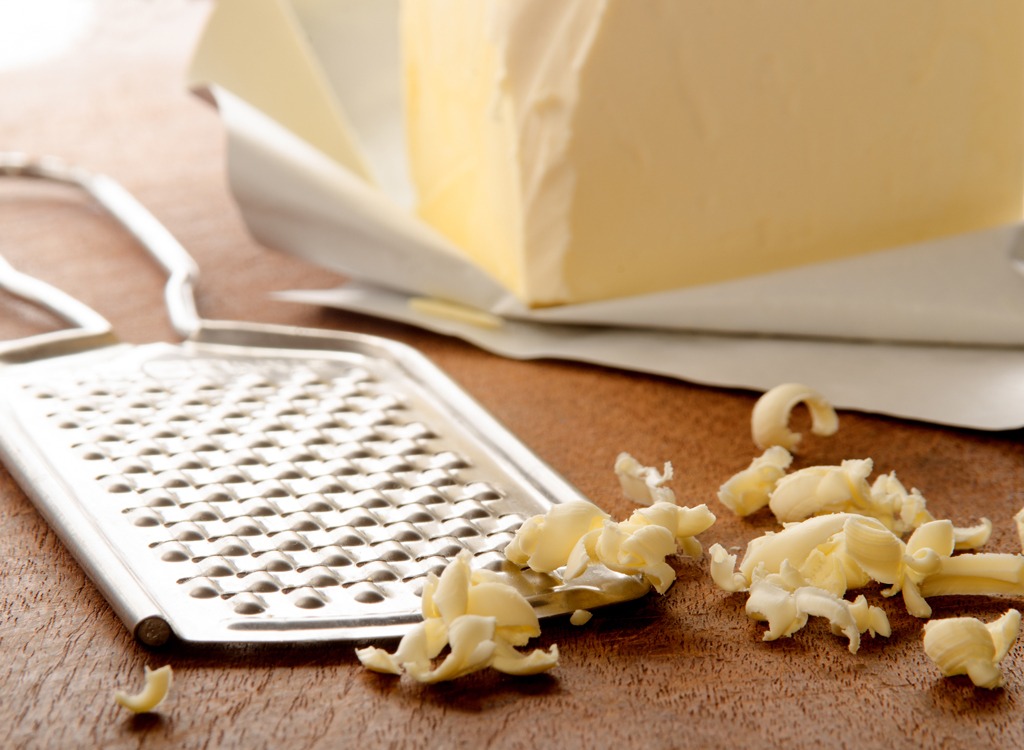
Instead of wasting time leaving butter out overnight or melting it in the microwave, use a grater to help it soften faster. Grating frozen butter makes it easier to spread and incorporate into recipes, saving you time along the way.
Use a Meat Mallet
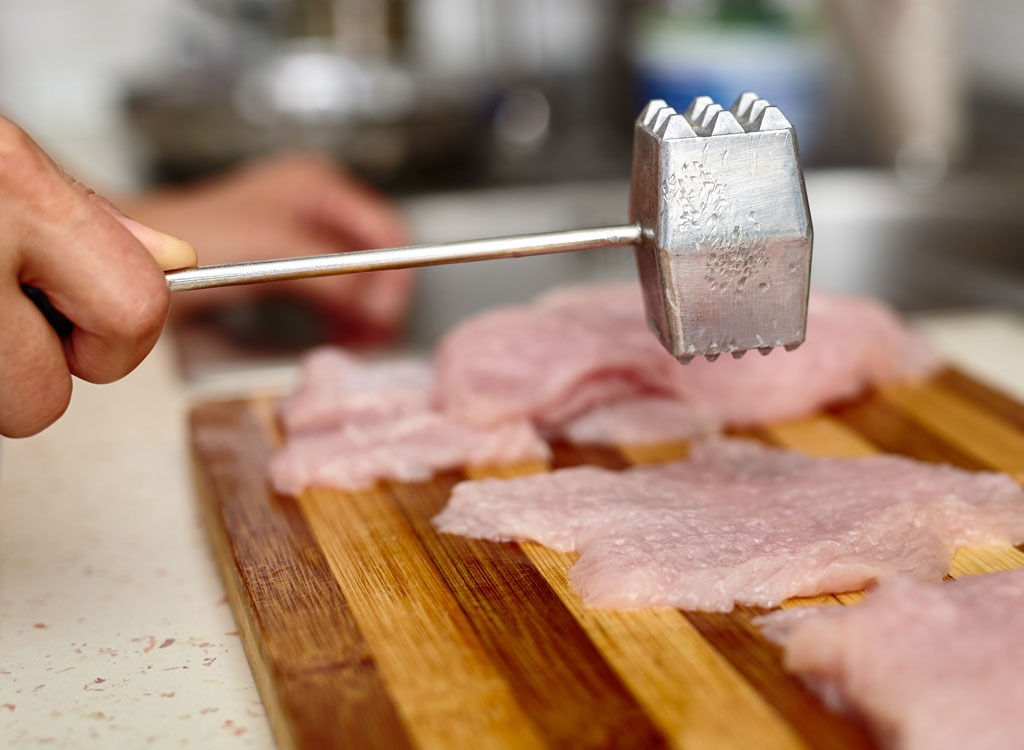
Want to speed things up in the kitchen? Don't be afraid of using a meat tenderizer or mallet. In addition to combining a little workout with your kitchen prep, pounding a chicken breast or other cut of meat can help you remove some of its excess moisture and thin it slightly, making it easier to cook it quickly.
Use Baking Soda For Cooking Beans
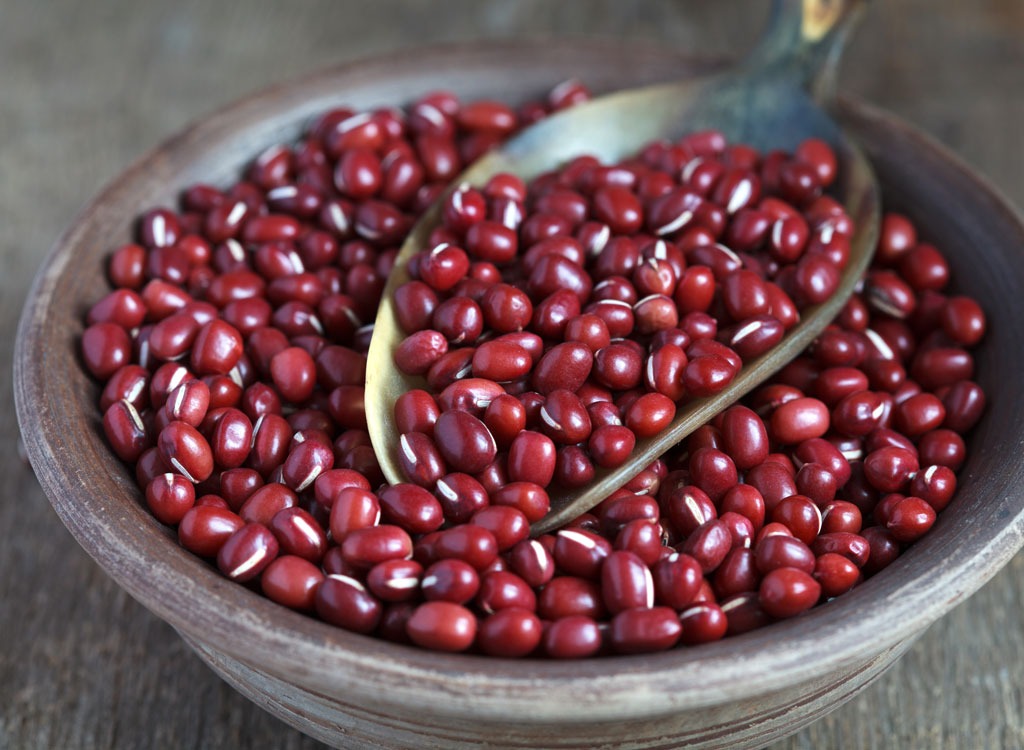
Add a little baking soda to the water you soak your beans in can cut down on your time in the kitchen. In fact, researchers at the Federal University of Pelotas found that putting baking soda in water before soaking beans improved their texture and allowed them to cook more quickly.
Make One-Pan Meals
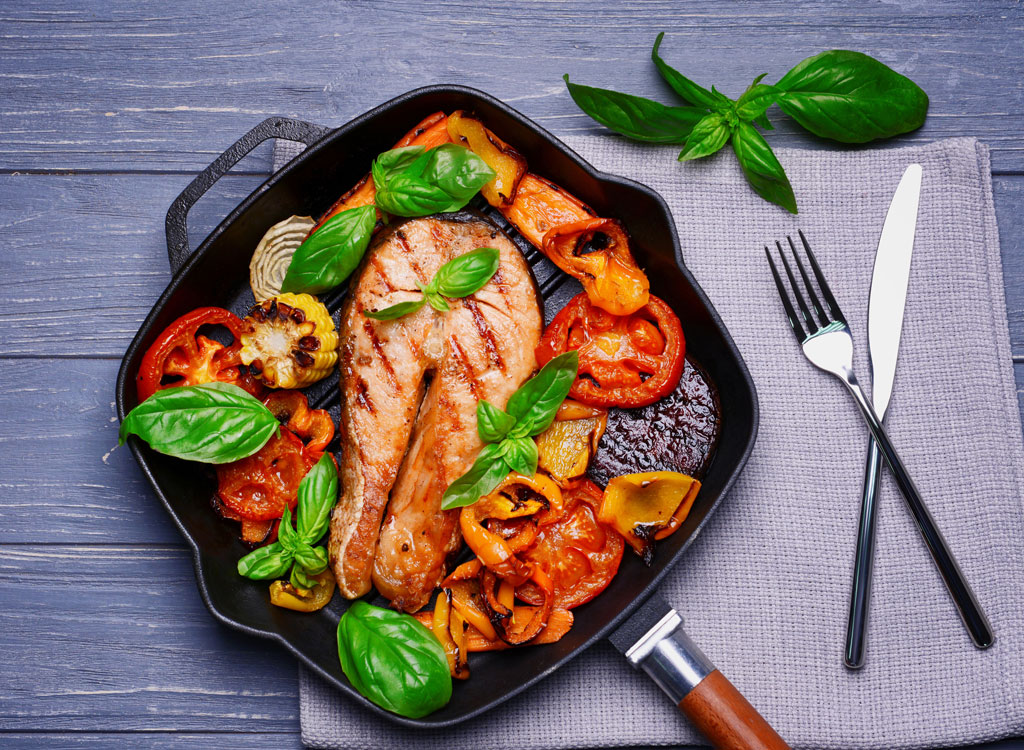
Don't wash another unnecessary dish; instead, create one-pan meals. Roasting your meat and vegetables together on a single pan can make it easier to cook a meal expeditiously and save time on clean-up, too.
Pass on Bone-In Cuts
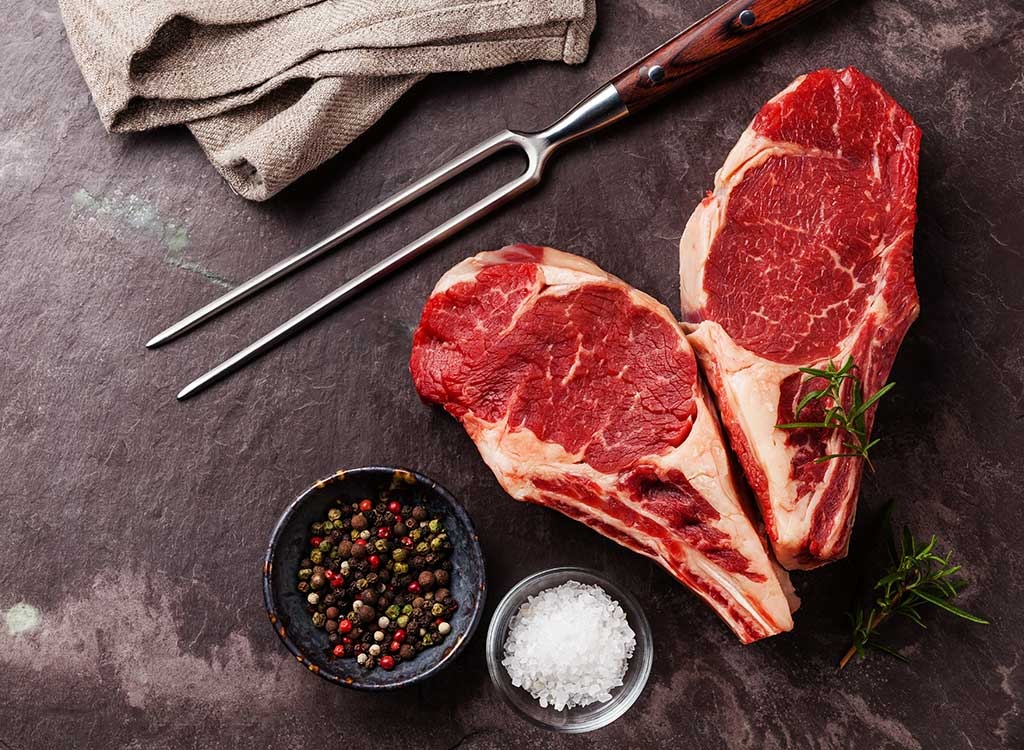
While a juicy bone-in ribeye may sound delicious, if you're short on time, skip it. Cuts with the bone inside take longer to cook than their boneless counterparts, so opt for bone-free ones for a quicker meal.
Don't Be Afraid of Higher Roasting Temps

Although common culinary wisdom dictates that you should roast things slow and low, embracing higher temperatures can help speed things up. Higher roasting temperatures will help you get a nice crispy exterior on your food while avoiding the mushiness that comes along with longer roasting times at lower temperatures. In fact, cooking meat at a low temperature over a long period of time is more likely to rob it of its moisture, leaving it tough and chewy, while a fast, high-temperature roast will leave it juicy.
Freeze Your Sauce
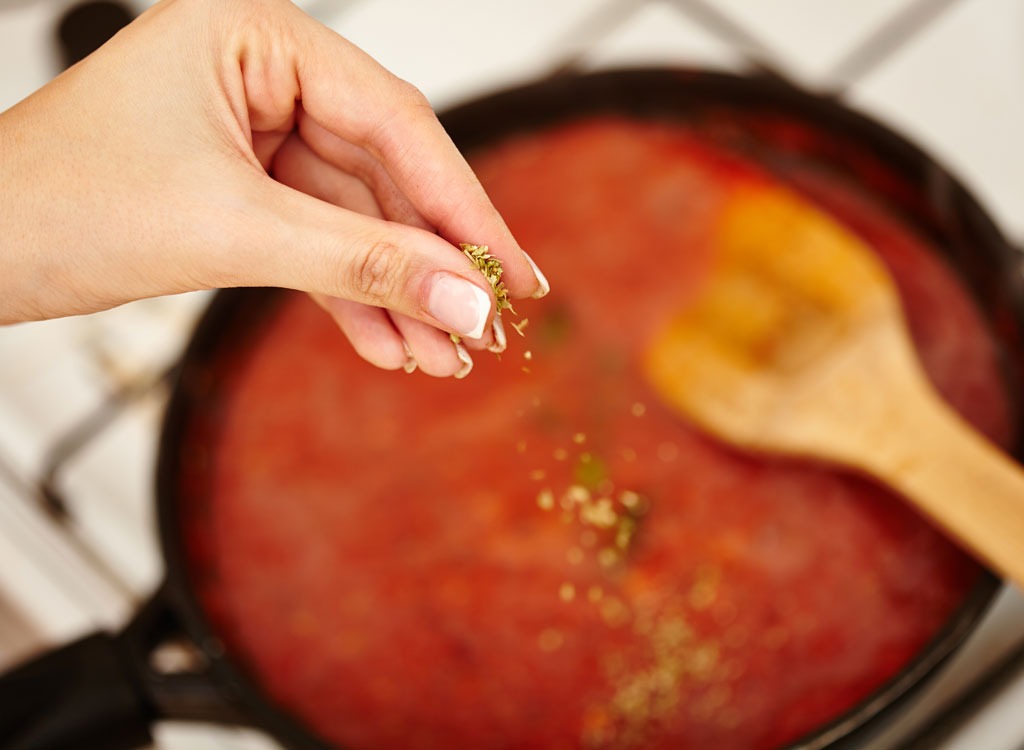
Instead of making a fresh batch of sauce for each meal, freeze fresh sauce in reusable containers or ice cube trays to use in the future. You can also do the same with compound butter and stocks, melting a cube into your recipe for a burst of flavor in no time.
Line Your Pans With Foil
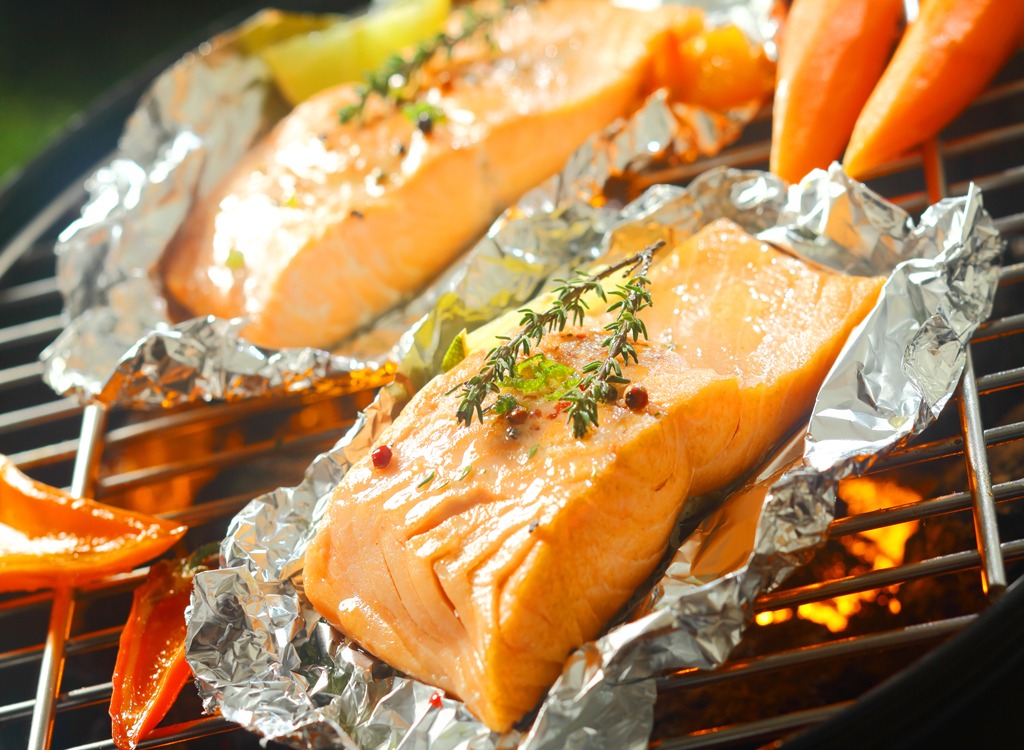
A faster meal starts with some aluminum foil. Lining your baking sheets with aluminum foil before roasting can cut your clean-up time to virtually nothing. Better yet, adding some aluminum foil on the top of dishes can help them from over-browning, too.
Don't Crowd Your Pan
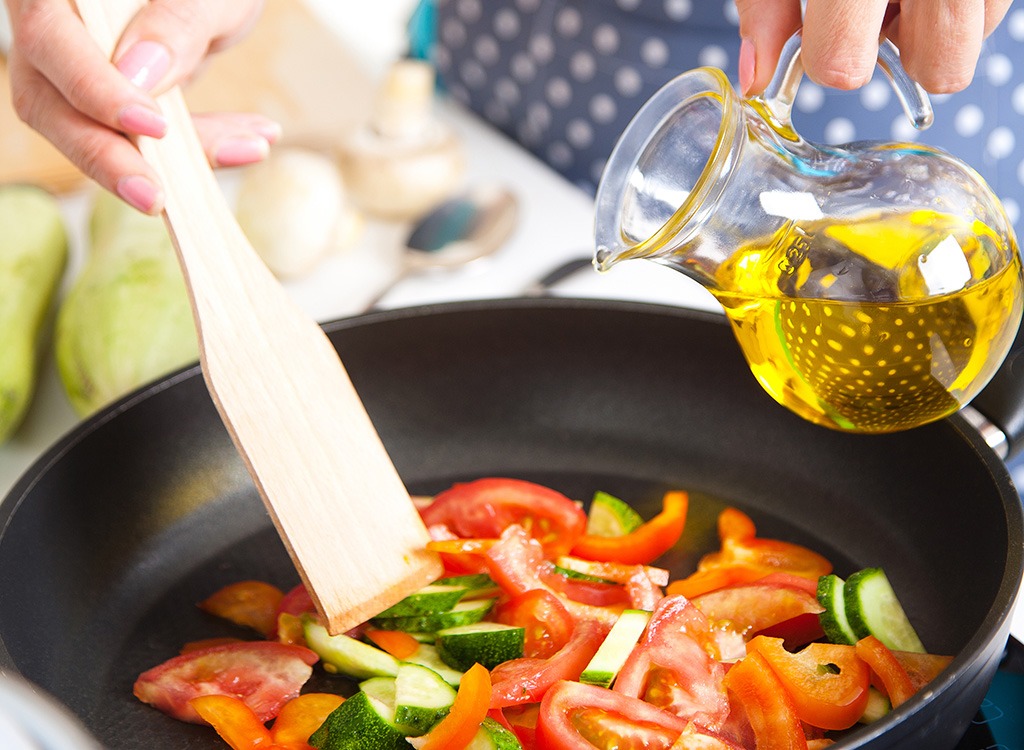
If you want to cook a meal quickly, give your food plenty of space in the pan. When certain food—water-rich vegetables in particular—are too close together in a pan, the steam given off by each piece will keep the surrounding pieces from cooking expeditiously or effectively, leaving them soggy instead. If you want your veggies to cook at a steady pace and crisp nicely on the outside, give them plenty of room.
Do a Weekly Prep
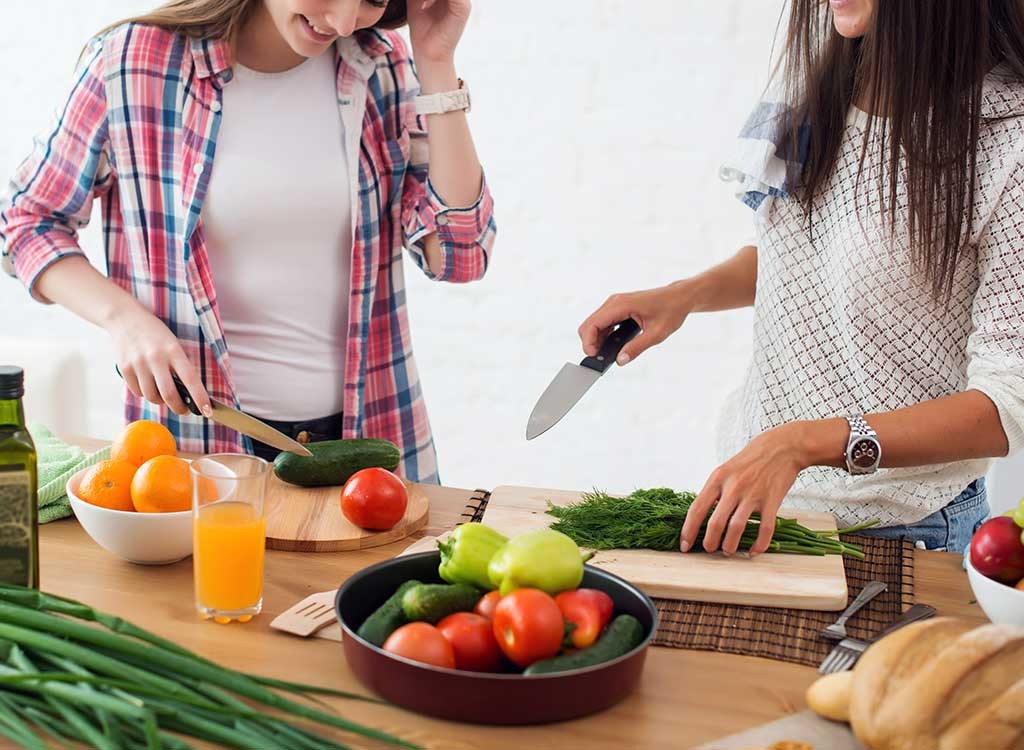
Rather than spending time each day prepping, cooking, and portioning your food, do just one or two mega cooking sessions a week. Creating meals for the better part of the week in one or two sessions means less prep time, less total cooking time, and less clean-up, too.
Save Scraps
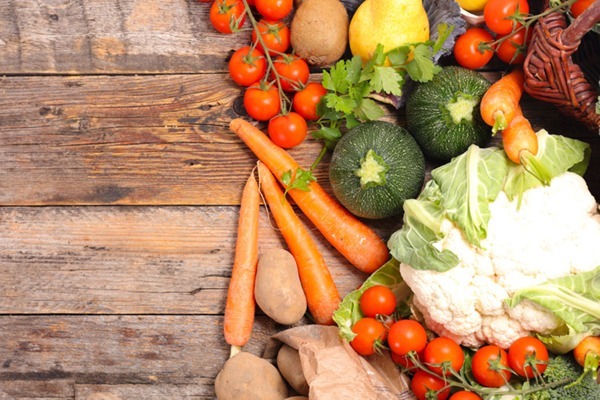
Instead of tossing those extra veggies, herbs, and bone left over at the end of a recipe, use them to create stock with some water in your slow cooker. This will give you a flavorful base for soups or sauces that takes virtually no time to prepare.
Clean as You Go
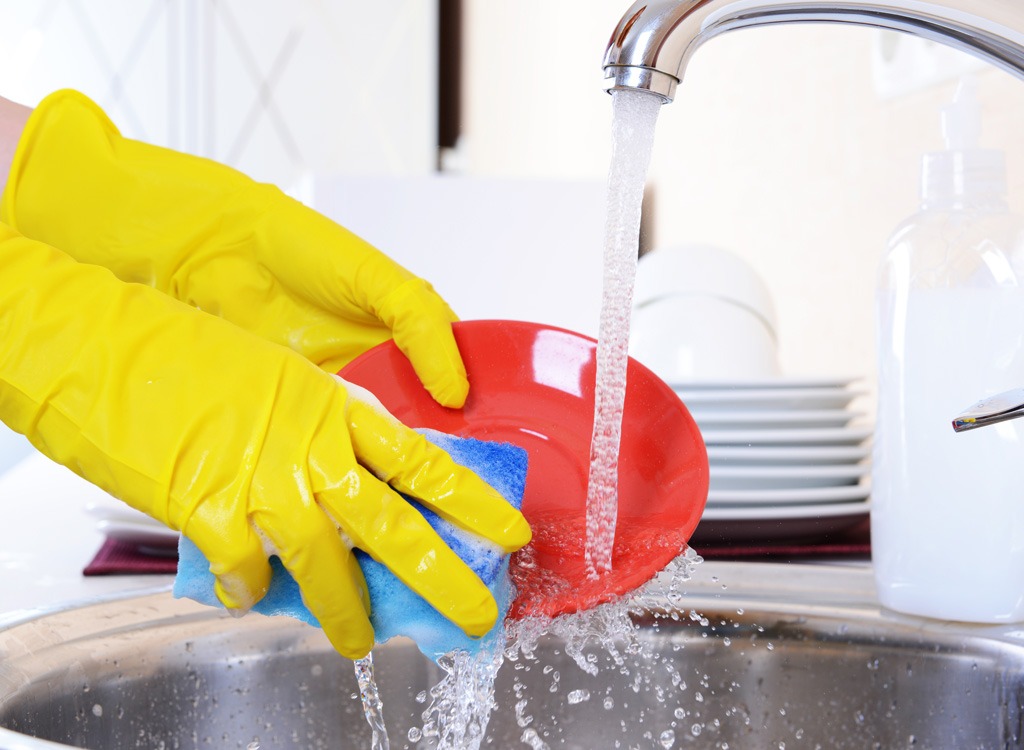
A big clean up session at the end of the meal can feel like it takes forever. To speed things up, clean while you're cooking; this simple multitask means that by the time your meal is over, so is your work in the kitchen. And before you prep your next meal, save yourself time by making sure you have these healthy kitchen staples handy.
